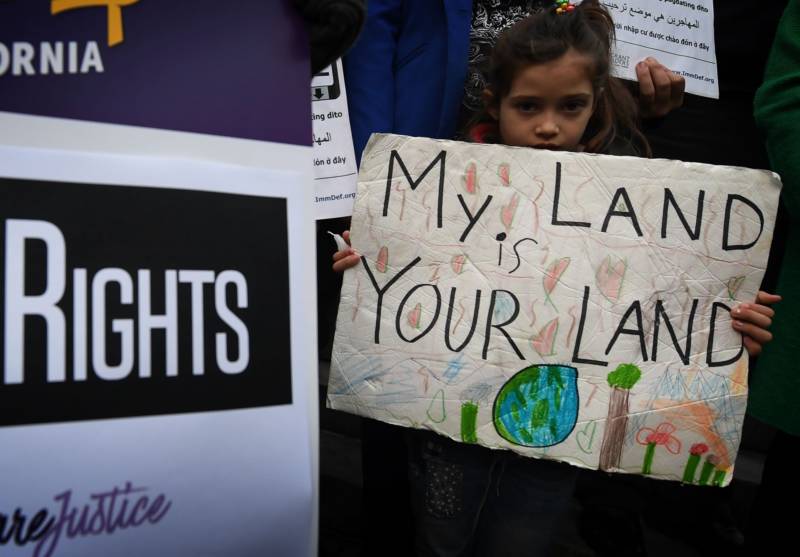WASHINGTON — President Trump wants to explore a twice-rejected proposal to send migrants to "sanctuary cities," but that is not the preferred solution to fix the straining immigration system, the White House said Sunday.
Press secretary Sarah Sanders said it was one of many options, though she hoped Congress would work with the president on a comprehensive immigration overhaul.
The Trump administration is dealing with an ever-increasing number of Central American migrants crossing the U.S.-Mexico border, an influx that has pushed the immigration system to the breaking point.
Laws make it hard to quickly return Central Americans, and many of them spend years in the U.S. waiting for their immigration cases to play out. Others claim asylum and wait just as long, living and working in the U.S. as they wait.
Sanctuary cities are mostly left-leaning places such as New York City and San Francisco, where laws prohibit local police and correction officers from working with immigration officials to help arrest and deport people living there illegally.
